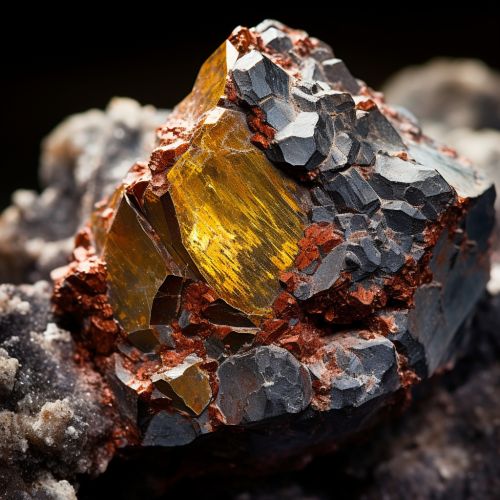Meteorite Impacts
Introduction
Meteorite impacts, also known as meteoroid impacts, are collisions between a meteoroid and a celestial body, such as a planet or a moon. These impacts have played a significant role in shaping the geological and biological history of many planets, including Earth. The study of meteorite impacts, known as impact science, is a multidisciplinary field that involves astronomy, geology, physics, and biology.
Formation of Meteorites
Meteorites are fragments of asteroids or comets that survive their passage through the Earth's atmosphere and land on the Earth's surface. They are primarily composed of silicate minerals and metallic iron-nickel alloys. Meteorites can be classified into three main types: stony meteorites, iron meteorites, and stony-iron meteorites.

Impact Process
The impact process begins when a meteoroid enters the Earth's atmosphere at high speed, typically between 11 and 72 km/s. The meteoroid is subjected to intense heat and pressure due to the atmospheric entry, causing it to glow brightly and form a meteor. If the meteoroid is large enough, it can survive the atmospheric entry and reach the Earth's surface, causing a meteorite impact.
Impact Craters
Meteorite impacts leave behind distinctive impact craters, which are typically circular depressions with raised rims. The size of the impact crater depends on the size, speed, and angle of the impacting meteoroid. Impact craters can be found on all solid celestial bodies, including the Earth, the Moon, and planets like Mars and Mercury.
Impact Events and Extinctions
Several major extinction events in Earth's history have been linked to meteorite impacts. The most famous of these is the Cretaceous–Paleogene (K–Pg) extinction event, which led to the extinction of the dinosaurs approximately 66 million years ago. The impact crater associated with this event, known as the Chicxulub Crater, is located in the Yucatán Peninsula of Mexico.
Detection and Study of Meteorite Impacts
The detection and study of meteorite impacts involve several methods, including astronomical observation, remote sensing, and geological surveys. Scientists also study meteorite falls, which are meteorite impacts that have been observed and recovered.
Impact Hazard and Mitigation
Meteorite impacts pose a potential impact hazard to life and property on Earth. Several strategies have been proposed for asteroid impact avoidance, including deflection and fragmentation of the incoming meteoroid.
